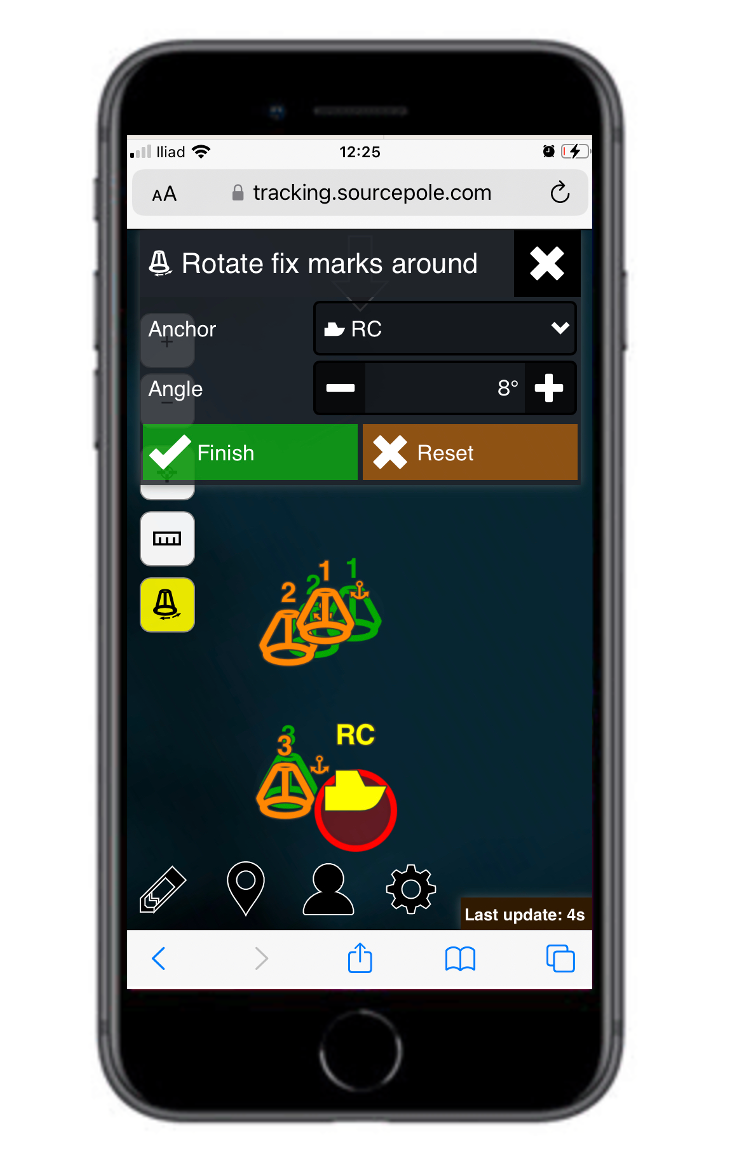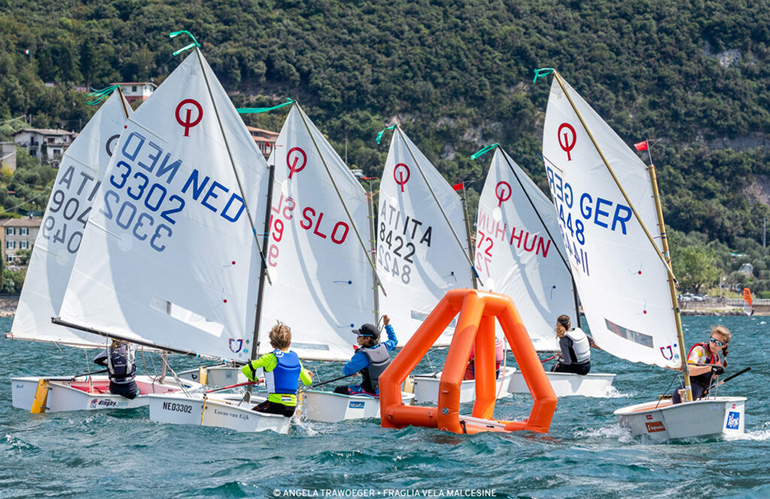|
Listen to this article |
The Olympics are the ultimate showcase for human endurance, speed, and skill. The equipment that the athletes use and the venues in which they compete continue to evolve every four years. Innovation enables people from around the world to continually push the boundaries of competition in their respective sports.
In Olympic sailing, all of the boats and sails are identical. All of the athletes use the same equipment so the differentiator is the winners’ skill and ability to read the wind.
A sailing course is defined on the water with marks, floating buoys that the sailors race around. These marks have historically been anchored in place.
Each mark rounding is an opportunity for the race committee (RC) to modify the course, as the wind shifts throughout the race. With anchored marks, the RC needs to motor over to the mark, pull the anchor, and reposition the mark at a new spot. This happens before the racers arrive or before the next race starts.
Robots ready, set, go at the Olympics
At the 2024 Paris Olympic Games, robotic marks are being employed for the first time. These robotics marks are inflatable and have an underwater hull, battery pack, and thrusters that make them mobile on top of the water.
The RC commands each mark to a GPS waypoint, and the robotic marks hold their position at the waypoint without needing to be anchored to the sea or lake floor.

The race buoys are controlled via the RaceDesigner web app. | Credit: Effetto Venturi
There are several providers of autonomous sailing markers. The company providing the robotic marks for the 2024 Olympics is Switzerland-based Effetto Venturi.
The Gipsy Buoy is one of the smaller robotic buoys on the market, but it is the right size for the boaters, windsurfers, and kite surfers competing in this year’s Olympics. The races are all taking place on the Mediterranean Sea on the French Riviera.
The Gipsy Buoy measures 1.4 x 1.25 m (4.6 x 4.1 ft.), can operate in wind up to 30 knots (34.5 mph), in a max current of 3.5 knots (3.9 mph). It can easily be pulled out of the water for transport to from the harbor to the race site.

The Gipsy buoy is small but suitable for Olympic class racing. | Credit: Angela Trawoeger
Americas Cup to use MarkSetBot
Another robotic buoy company, MarkSetBot, is being used for the 2024 Louis Vuitton 37th America’s Cup Match Race event. The America’s Cup boats are up to four times larger than the Olympic-class boats, they are faster, and the courses are longer.
The MarkSetBot is a larger-scale buoy, making it able to handle the higher wind speeds, waves, and offshore conditions in the Americas Cup events. The MarkSetBot can also be seen by the America’s Cup sailors from farther away.
